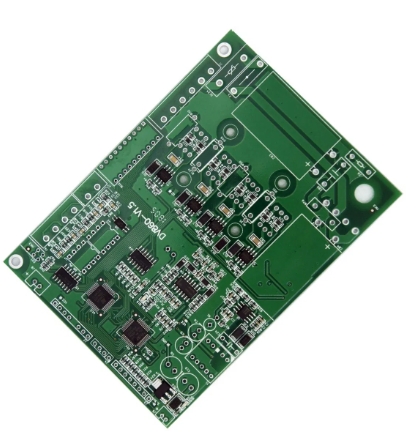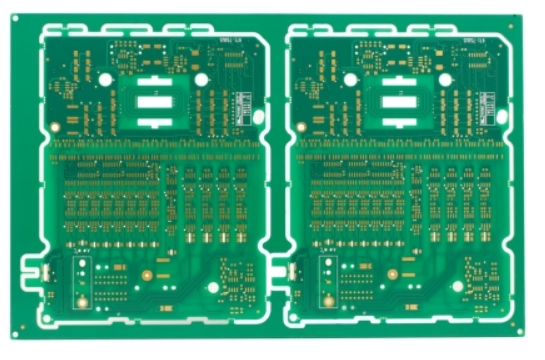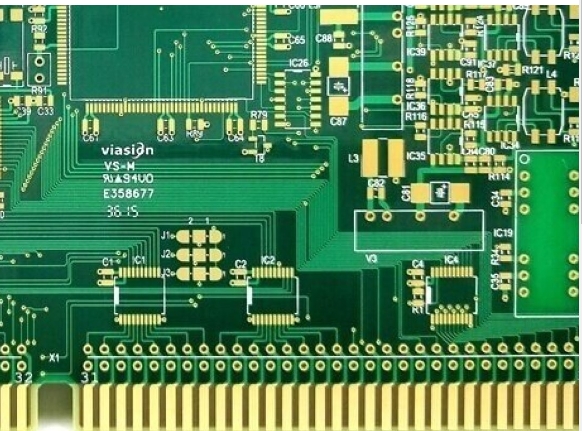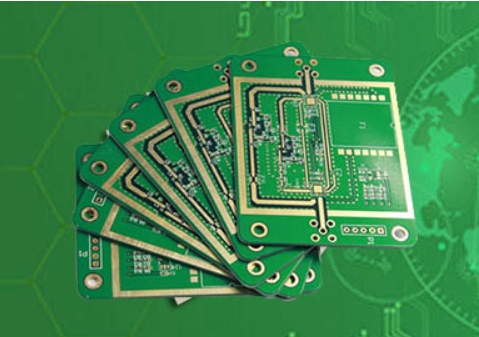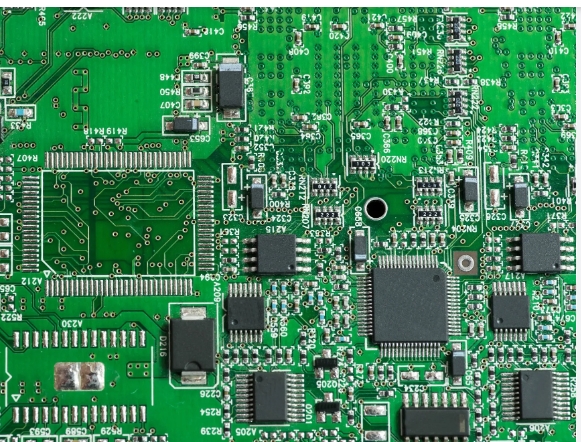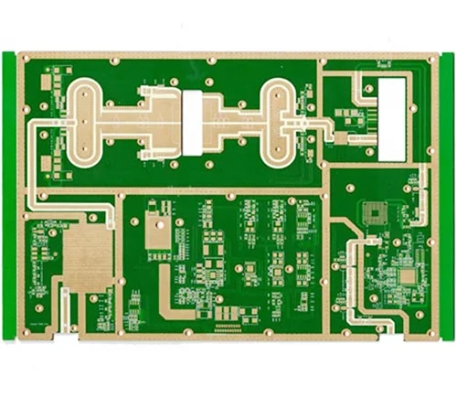Proper packaging plays a crucial role in ensuring the safe delivery of PCBs, particularly in competitive markets where quality and presentation are key factors. Though packaging may not generate direct added value, it impacts customer satisfaction and reflects professionalism, particularly for high-precision products like PCBs. This article discusses the importance of packaging, the evolution of...
Blog
Explore the KKPCB Blog for the latest PCB manufacturing and assembly news, industry insights, expert tips, and technology trends, helping you stay informed and optimize your electronics projects.
In power supply design, PCB layout plays a critical role in ensuring the circuit’s efficiency, stability, and reliability. Below are five essential considerations for effective PCB design in power supply applications: 1. Establish a Logical and Linear Signal Flow Directionality is crucial in PCB design to minimize interference and ensure smooth operation. Segregation of Signals: Separate input/output, AC/DC, strong/weak signals,...
Grounding is a critical aspect of PCB design, particularly in mixed-signal environments where digital and analog circuits coexist. Proper grounding ensures stable performance, minimizes noise, and improves the reliability of the overall circuit. Below are key insights and guidelines to address grounding challenges effectively. Key Grounding Concepts Analog Ground (AGND) vs. Digital Ground (DGND): Purpose: Separate analog...
1. Manufacturing Process The best manufacturing process includes electropolishing after laser cutting. Processes like chemical etching and electroforming are prone to errors, such as issues in film making, exposure, or substrate unevenness. 2. Materials Used Steel Mesh Frame: Must withstand a degree of pressure and maintain levelness. Screen: Polyester mesh is ideal for long-term stable tension. Steel Sheet: Type 304 matte finish is preferred...
Overview of PCB Materials Printed Circuit Boards (PCBs) are fabricated using various materials to meet specific performance and application requirements. In China, PCB copper-clad laminates (CCLs) are extensively used, and they can be categorized by base materials, resin adhesives, flame retardancy, and performance levels. Types of Copper-Clad Laminates (CCLs) 1. Classification by Reinforcement Material Paper-based materials: Typically used for low-cost...
As electronic devices become increasingly miniaturized, advancements in component and wiring technologies have created new challenges for production testing. Highly integrated ICs, smaller insulation spacings, and limited access to circuit nodes have made traditional testing methods insufficient. To address these challenges, a design-for-testability (DFT) approach is essential to reduce testing costs and enhance production efficiency. This...
Electromagnetic interference (EMI) control is critical in high-speed PCB design, and one often-overlooked aspect is the influence of integrated circuit (IC) packaging. Incorporating decoupling capacitors within the IC package can effectively reduce EMI and enhance signal integrity. This guide delves into the role of IC packaging in EMI suppression, exploring the root causes of EMI, key IC package design...
Printed circuit boards (PCBs) remain the backbone of electronic assembly across various systems. Even with perfectly designed schematics, poor PCB design can significantly compromise reliability. For instance, closely spaced thin parallel lines on a PCB can cause signal waveform delays and reflected noise at transmission line terminals. This guide outlines essential considerations for designing reliable PCBs. 1. Ground Wire...
PCB interconnections can be categorized into three main types: chip-to-PCB, interconnections within the PCB, and PCB-to-external devices. High-frequency PCB designs require addressing RF effects at these interconnection points to ensure optimal performance. This guide covers techniques for minimizing RF interference, crosstalk, and return loss across these interconnection types. The Impact of High-Frequency Signals on PCB Design As...
PCBs are critical in electronic devices, ensuring electrical connections between components. With increasing circuit density, proper PCB design techniques are essential to ensure reliability and reduce interference. General PCB Design Principles Wiring Guidelines: Avoid Parallel Wires: Insert ground wires between input/output wires to reduce feedback. Conductor Width: Choose widths based on current requirements (e.g., 1.5mm width for 2A current). Conductor Bends: Use...

